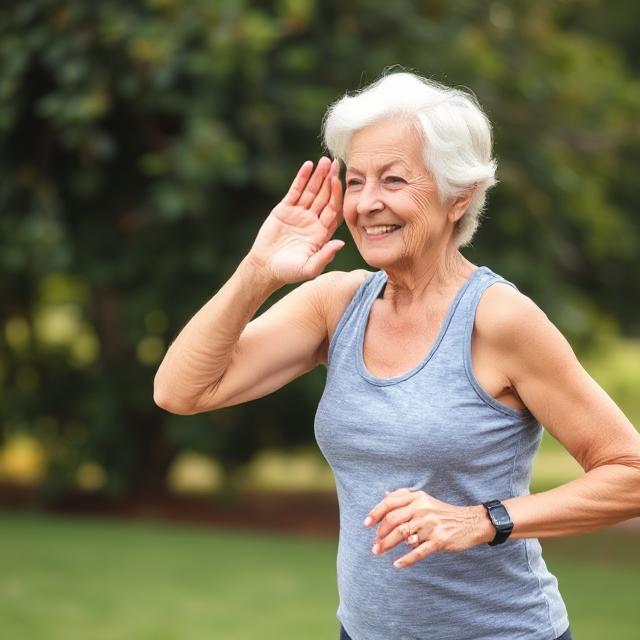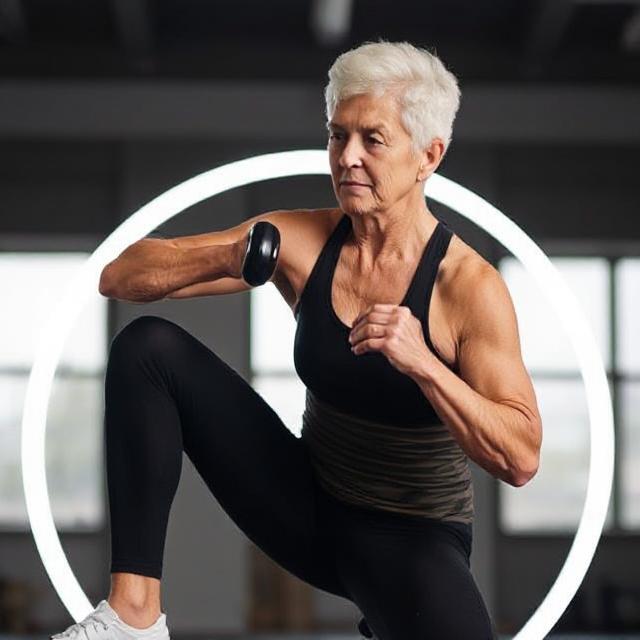Staying fit and healthy after the age of 55 is incredibly important for maintaining mobility, strength, and overall well-being. As we age, our bodies naturally undergo changes such as decreased muscle mass, reduced bone density, and slower metabolism. However, incorporating the right exercises into your routine can help counteract these effects, boost energy levels, and improve quality of life. The key is to focus on exercises that promote strength, flexibility, balance, and cardiovascular health without putting excessive strain on joints or muscles. In this guide, we highlight eight essential exercises specifically tailored for individuals over 55, designed to keep your body strong, agile, and resilient through the years.
1. Walking
Walking is one of the simplest yet most effective exercises for maintaining cardiovascular health and overall fitness after 55. It’s a low-impact activity that’s gentle on the joints, making it ideal for those with arthritis or joint pain. Regular walking helps improve heart health, enhances circulation, aids in weight management, and boosts mood by releasing endorphins. Walking outdoors also exposes you to fresh air and sunlight, which can improve vitamin D levels and mental clarity. To get the most benefit, aim for brisk walks lasting 30 to 60 minutes most days of the week. Vary your pace and terrain to challenge different muscle groups and keep your routine engaging.

2. Strength Training
Maintaining muscle mass is crucial as you age because muscles naturally weaken over time, leading to decreased mobility and increased risk of falls. Strength training exercises such as lifting weights, using resistance bands, or performing bodyweight exercises like squats and lunges can rebuild muscle strength and bone density. These workouts improve metabolism, enhance posture, and make daily activities easier. It’s important to focus on proper form to prevent injury and to work all major muscle groups twice a week. Even light to moderate resistance training can produce significant benefits and help maintain independence and physical function.

3. Yoga
Yoga is an excellent exercise choice after 55, as it combines stretching, strength, and mindfulness in a low-impact format. Practicing yoga improves flexibility, balance, and joint mobility, all of which tend to decline with age. Many yoga poses gently stretch and strengthen muscles while promoting relaxation and stress reduction. Additionally, yoga’s focus on breathing and meditation can enhance mental well-being and reduce anxiety. Whether you choose a gentle restorative yoga class or a more active flow, regular practice supports better posture, reduces stiffness, and helps prevent injuries by improving body awareness and alignment.
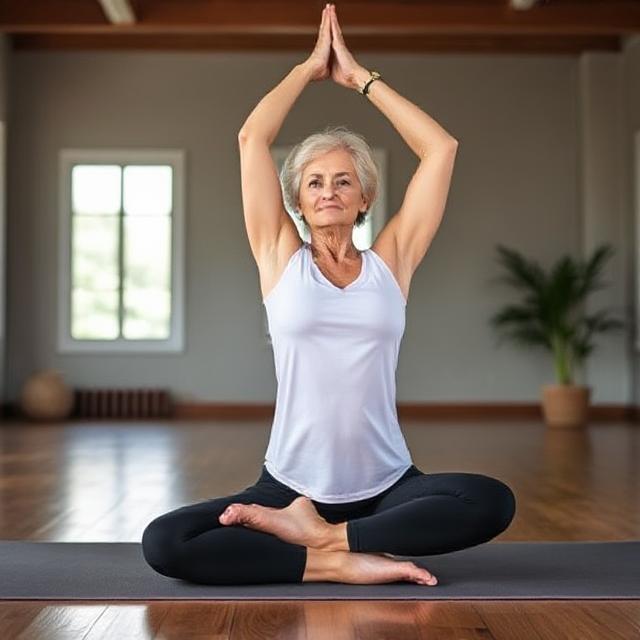
4. Swimming
Swimming is a highly beneficial full-body workout that’s especially suitable for older adults because it provides cardiovascular conditioning without stressing the joints. The buoyancy of water supports the body, reducing impact on knees, hips, and spine, making it ideal for those with arthritis or chronic pain. Swimming builds muscle strength and endurance while improving flexibility. It also enhances lung capacity and heart function, contributing to better overall fitness. Additionally, water aerobics classes combine swimming benefits with group motivation and guided exercises, making aquatic workouts a fun, social, and effective option for staying fit.
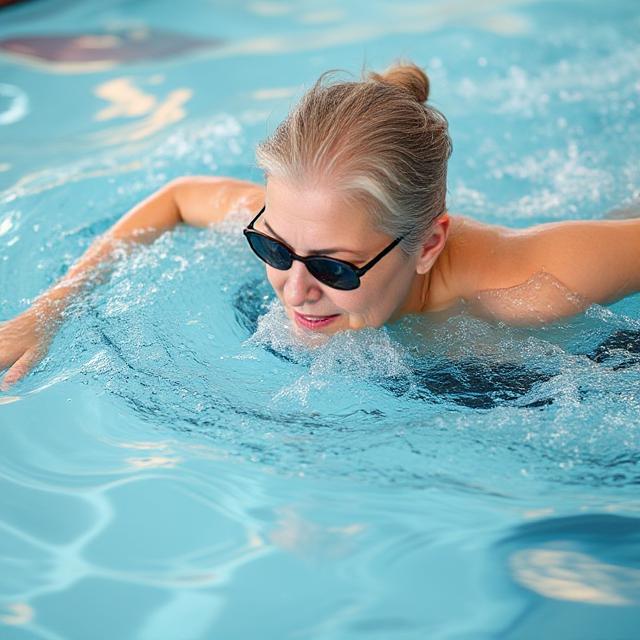
5. Balance Exercises
Maintaining good balance is essential for preventing falls, which are a leading cause of injury among older adults. Simple balance exercises like standing on one foot, heel-to-toe walking, or practicing Tai Chi can significantly improve stability and coordination. These exercises engage core muscles and strengthen the small stabilizing muscles in the legs and ankles. Incorporating balance training into your routine at least three times a week helps enhance proprioception—the body’s ability to sense movement and position—reducing the risk of falls and boosting confidence in everyday activities. Balance exercises can be done anywhere and often require no special equipment, making them easy to integrate into daily life.
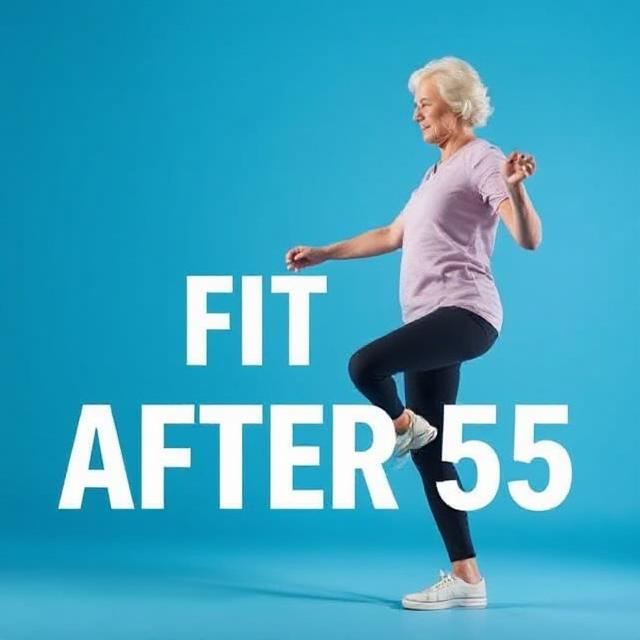
6. Pilates
Pilates focuses on strengthening the core muscles, improving posture, and increasing flexibility, all of which become increasingly important as we age. Core strength supports the spine, reducing back pain and enhancing overall mobility. Pilates exercises emphasize controlled movements and breathing techniques that increase body awareness and muscular endurance. This form of exercise is low impact but highly effective, targeting deep muscles that often get neglected in other workouts. Regular Pilates practice can lead to better balance, improved muscle tone, and greater joint stability, contributing to a more graceful, injury-resistant body.

7. Cycling
Cycling is a fantastic low-impact cardiovascular exercise that promotes heart health, leg strength, and endurance. Whether you prefer outdoor cycling or stationary bikes, it allows you to work out intensely without putting excessive pressure on your knees and hips. Cycling also helps improve joint mobility, reduces stiffness, and encourages better circulation. For added safety and comfort, especially for beginners, starting with shorter rides and gradually increasing duration and intensity is advised. Group cycling classes or bike trails provide social opportunities and motivation, making this exercise both effective and enjoyable.

8. Stretching
Regular stretching is vital to maintain flexibility, improve range of motion, and reduce muscle tightness that can develop with age. Stretching helps keep muscles supple and joints healthy, preventing stiffness that can limit daily activities. Incorporating gentle stretching routines before and after workouts or as a standalone practice ensures your body stays limber and agile. Focus on all major muscle groups, holding each stretch for 20-30 seconds without bouncing. Consistent stretching promotes better posture, reduces the risk of injury, and enhances blood flow, contributing to overall physical comfort and wellness.
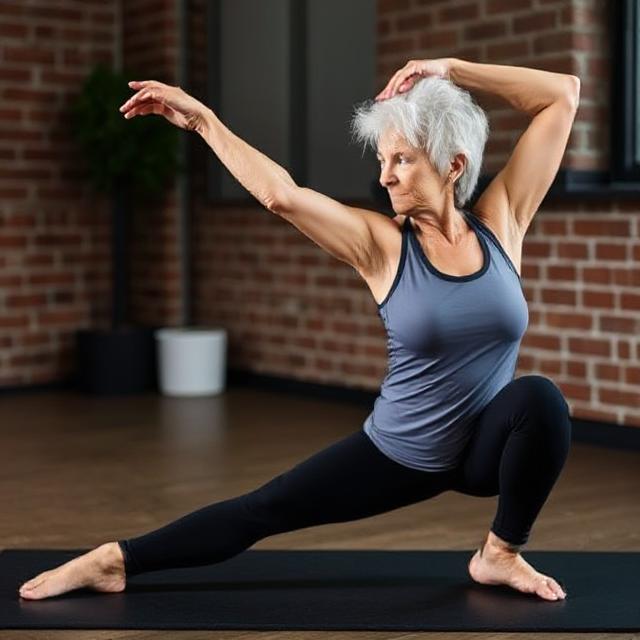
Incorporating these eight essential exercises into your fitness routine after the age of 55 can profoundly improve your physical health, mental well-being, and quality of life. The key is consistency, moderation, and listening to your body’s needs while gradually increasing intensity. A combination of cardiovascular, strength, balance, and flexibility exercises ensures a well-rounded fitness approach that helps you maintain independence, vitality, and confidence. Remember, staying active is not just about prolonging life but enhancing the enjoyment and ease of every day. Always consult your healthcare provider before starting any new exercise regimen, especially if you have pre-existing health conditions. With dedication and the right guidance, you can embrace the golden years with strength, grace, and renewed energy.
